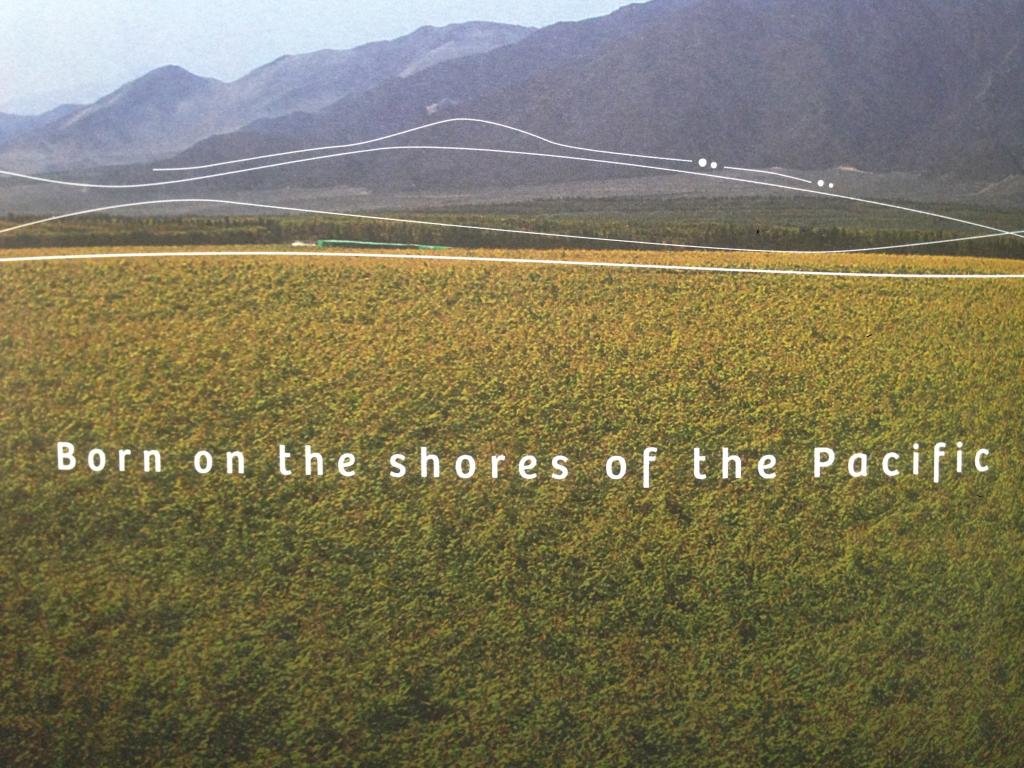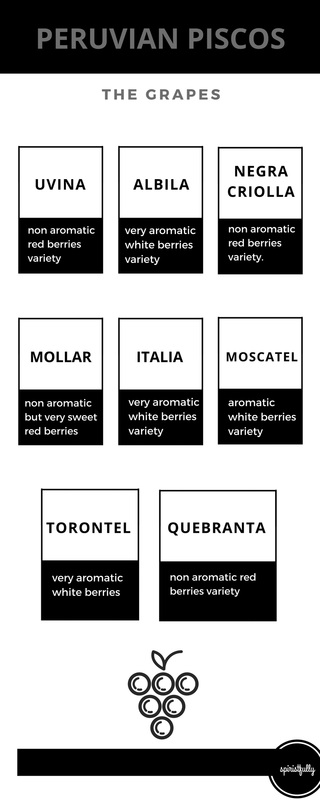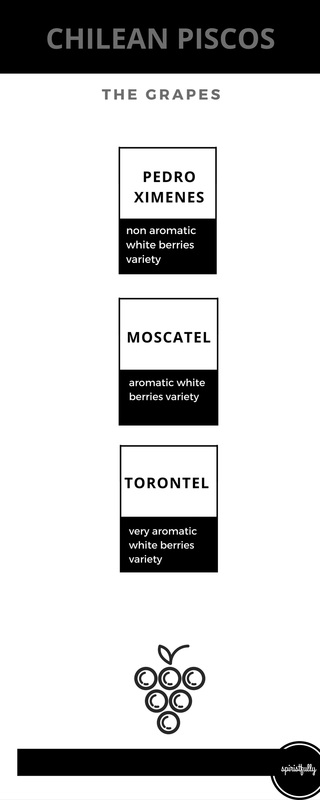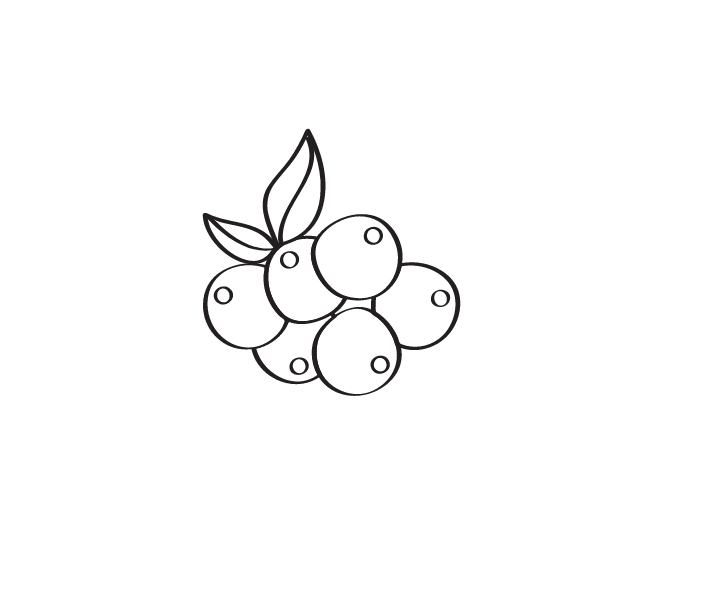All you need
to know about
Pisco
in a nutshell
Pisco is a clear wine distillate (so, also a grape based spirit) made in Chile and Peru.
The history and geography of Pisco
The history and geography of Pisco take place in Peru and Chile.
Both countries would like to be the country of birth of Pisco. The etymology indeed brings the researcher towards Peru and Chile. It seems that the word “pisco” comes from the Quechua word “pisqu” which means little bird. There is also a town in Peru named Pisco which may have given the name to the drink. Another hypothesis is that the Botijas (clay pitchers) used to store and transport pisco, are also called piscos or pisquillos.
If you want to find out more about it (=geography and history) go and read a thorough article by the pisco afficionados or this one other in Wikipedia.
Over the years the two countries have passed numerous laws to protect the spirit and regulate its production. Peru considers Pisco as a protected designation of origin (and so is the E.U.) which means, like Tequila must come from Mexico or Champagne must come from France, true Pisco can only come from Peru. Chile argues that Pisco, if it is indeed coming from lands that now belong to Peru remains a generic appellation, as gin or vodka meaning they can use it as well. This is the reason Chile is also producing Pisco.

How is Pisco made?
The ingredient: grape wine
The pisco production starts around March every year. The first step is the harvest, followed by the selection of the best quality grapes. Differences start here as per the producers according to tradition and according to if they are in Peru or Chile (see below for subtle details and more precisions).


The fermentation of Pisco
Grapes are de-stemmed and pressed in a lagar or winepress.
This is usually located in the highest part of the pisco cellar. When the winepress locks are open, the juice falls into a maceration tub known as a puntaya where it remains for 24 hours before being poured in fermentation tanks made from concrete or stainless steel.
Alcoholic fermentation is ready to start. It usually lasts up to 7 days.
The distillation of Pisco
Once the fermentation process is finished, the juice is taken to the copper vat stills to start the actual distilling process. The art of the distiller is to master the temperature and make sure the aromas of every grape is enhanced. Many different grapes varieties are indeed used in Pisco production.
Styles and classification of Pisco
Peru
Pisco puro
In Peru, Pisco Puro can be made only in the districts of Lunahuaná, Pacarán, and Zúñiga, in the province of Cañete, near Lima. In those regions, pisco is named pisco puro followed by the name of the grape used.
Pisco ciuvre
In Peru, pisco ciuvre refers to pisco made from quebranta, quebranta mollar or negra corriente (criolla).
Pisco mosto verde
This type of Pisco is made with fresh grape juices that have not been totally fermented. The juice is distilled before all the sugar has been transformed into alcohol which is why it requires a larger amount of grapes per liter of Pisco, making it a more expensive product. It is a subtle and fine Pisco with full body.
Pisco acholado
Pisco acholado (multivarietal) refers to a blend from the must of several varieties of grapes both in Peru and Chili. This kind of Pisco combines a great structure of an aromatic Pisco with the palate of a non-aromatic Pisco. The most popular varieties are Muscat, Albilla, and Italia. Italia based Pisco are full of flagrant green apple and edelflower character.
Chile
Pisco acholado
Pisco acholado (multivarietal) refers to a blend from the must of several varieties of grapes both in Peru and Chili. This kind of pisco combines a great structure of an aromatic pisco with the palate of a non-aromatic pisco. The most popular varieties are Muscat, Albilla, and Italia. Italia based pisco are full of flagrant green apple and edelflower character.
Pisco Puro
In Chile, Pisco Puro refers to pisco made from to non aromatic single variety grapes, mostly Quebranta, although Mollar or Common Black can be used.
Pisco aromática
A Pisco aromatica in Chile refers to a Pisco made from Muscat or Muscat-derived grape varieties as well as Albilla, Italia and Torontel. The Pisco should only contain one variety of grape and only an aromatic one.
Pisco transparente
Pisco transparente refers to pisco aged for 60 days (the minimum)
Pisco de garda and Pisco envejecido
This is a pisco aged in new French oak or new American oak for at least 180 days. It become envejecido when it is aged for at least a year.
Also there is another classification in Chile, this time not by style and flavours but by alcohol degree :
– Pisco Corriente o Tradicional, 30% to 35% (60 to 70 proof)
– Pisco Especial, 35% to 40% (70 to 80 proof)
– Pisco Reservado, 40% (80 proof)
– Gran Pisco, 43% or more (86 or more proof)
Styles and classification of Pisco
Pisco from Peru
– Are made from 8 approved varietals: Quebranta, Negra criolla, Mollar, Italia, Moscatel, Albilla, Torontel and uvina;
– Do not have to be fermented entirely before fermentation;
– Are pot distilled to a strength of 38 to 48% abv
– Are bottled at the same strength as when it was produced. They are never diluted with water;
– Are distilled only once;
– Do not age per se but Peruvian Piscos must rest for a minimum of three months;
– Are very pure and remain faithful to the grape variety characteristics. No wood-aging or any sort of manipulation other than the blending of varietals is allowed;
– Contain no additives of any kind that could alter its flavor, odor, appearance or alcoholic proof;- Can only come from the coastal valleys of Lima, Ica, Arequipa, Moquegua, and Tacna. This means that any other liquor made of grape outside of this territory cannot be called “pisco,” even if it’s made inside Peru. The protected denomination of origin apply only to the districts of Lunahuaná, Pacarán, and Zúñiga, in the province of Cañete, near Lima;
– Are recognized internationally. In 2013 the US recognized two products: Pisco Chileno and Pisco Peru. In 2013, the EU recognized Peru as the sole country that could use the term Pisco.
Pisco from Chile
– Are made from 3 approved varietals : Moscatel de Alexandria, Torontel, Pedro Jimenez;
– Are fermented entirety before it enters the distillation process;
– Are pot distilled to a maximum of 78% abv;
– May go through multiple distillations;
– Can be diluted with water (to correct the high alcohol content);
– Are less the products of the grapes varieties characteristic than the skills of the distillers and blenders. Chilean piscos do age in wood casks which change both color and taste – rauli wood gives a aroma of jasmine and orange for example;
– Can be infused with fruits;
– Chile regards the term “pisco” as generic, and it argues the spirit is simply a type of alcoholic beverage made from grapes;
– Are recognized internationally. In 2013 the US recognized two products: Pisco Chileno and Pisco Peru. In 2013 the EU officially recognised pisco as a Peruvian spirit but accepted that Chilean piscos are named as such to describe their products. This is the reason why if you read only Pisco on a bottle in EU it means it comes from Peru, otherwise it states Pisco from Chile on the bottle.
RESOURCES/SOURCES
The Drunken Botanist by Amy Stewart
Alcools by André Dominé
Distilled Knowledge by Dave Broom
Pisco Chile (advertising brochures collected during trade shows)
Pisco afficionados
Of course Wikipedia!

















